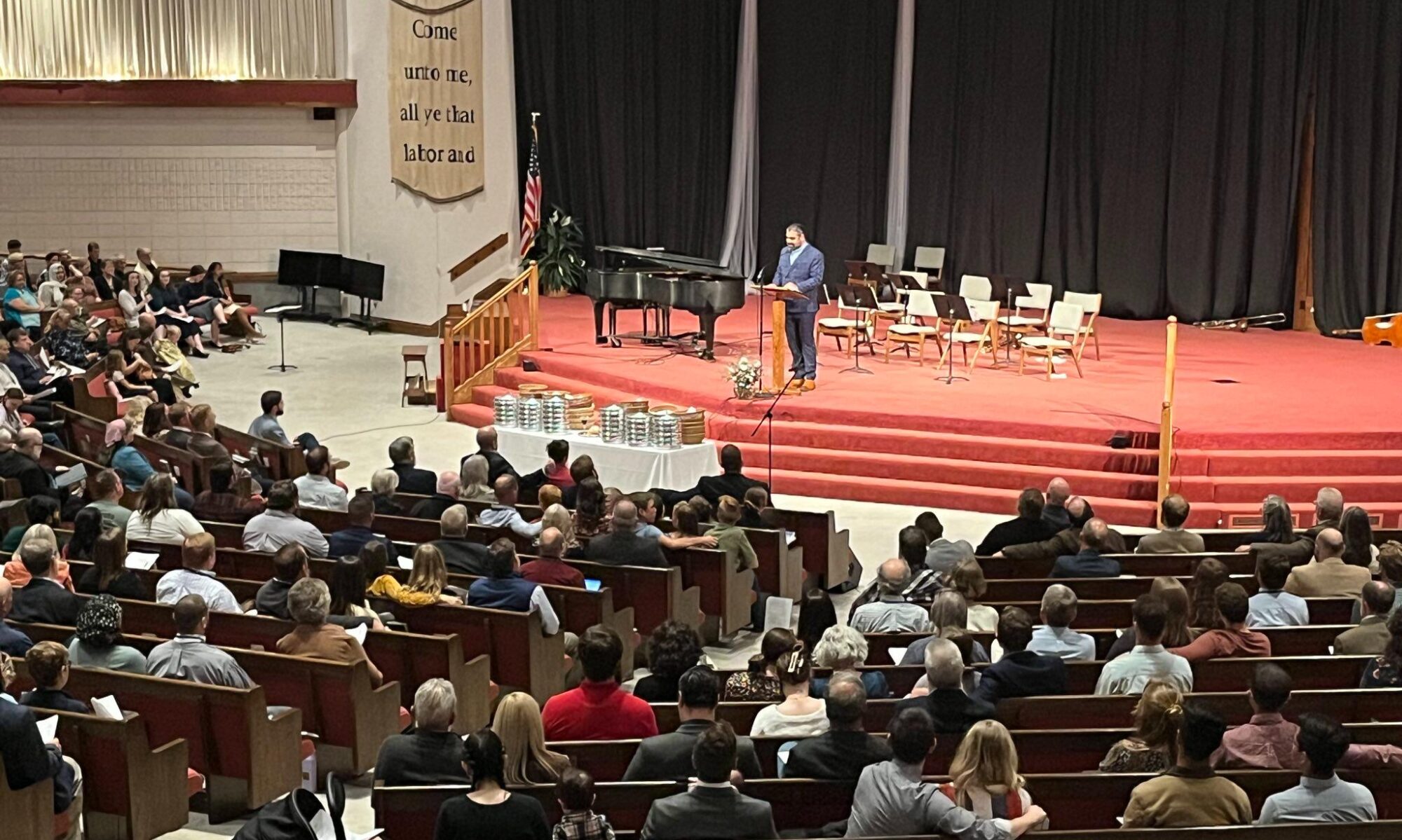I have written a few comments in the past about some general frustration I have concerning the predominant Amillenial position in the Presbyterian Church of America. My constant exposure to godly Amillennarians like Dr. Simon Kistemaker (whom I love dearly as a professor and friend) and Professor Chuck Hill (whom I have grown to admire) has led me to be more humble in my assessment of their theological presuppositions. Nevertheless, the position held by these men falls short of a truly victorious gospel.
When Scriptures declare the “discipling of the nations” (Matthew 28:18-20) what shall we think? Is this a commandment expressing a unfulfilled desire or a future reality in history? When Christ says that all things–including his enemies– will be placed under his feet (I Cor. 15:24-26) before the end comes, are we to think that these enemies are immaterial beings? When God says that the nations will be given to the Son (Psalm 110), are we to think that these nations are not in space and in time, but rather a consummative promise? It is all non-sensical in my estimation. Postmillennialism is the ONLY eschatology that places heaven and earth at the feet of King Jesus and furthermore, destroys these detestable dichotomies of earth and heaven, flesh and spirit, things visible and things invisible and for the record, law vs. gospel. We MUST see these as unifying perspectives into one reality. God’s kingdom comes to manifest its glory on earth as it is in heaven; to transform flesh and spirit, things physical and things spiritual.
The common assumption is that Postmillennialists do not see “suffering” as a central motif in their eschatology and therefore it does not do justice to the New Testament. I have a fairly long response to this absurd accusation, but David Field has answered this question in a Q&A format that I highly recommend anyone read (click here).
Some years ago Dr. Kenneth Gentry debated Dr. Richard Gaffin. Gentry defending the Postmillennial view and Dick Gaffin defending the traditional Dutch Amillenialism. Though the debate was long and perhaps not the most revealing (since both speakers didn’t interact as much as I expected), one statement summarized Amillennialism best. Professor Richard Gaffin said: “The church wins by losing.” By this he means Christ manifests His glory through the church as she suffers for the cause of Christ. It is undeniable that the church suffers, but that is not the same as losing. Now winning is not losing and losing is not winning. This is standard logical procedure, but the paradoxical, Already/Not Yet, Vosian, Tension-Driven, World-is-becoming-worse scenario leaves me wondering how is that ever connected with “The gates of Hell shall not prevail.”
Dominion is an essential aspect of Biblical faith. Losing to this present world is NOT a victory. Christ demands and commands that His church be triumphant and victorious and the necessary ingredient to this victory is the proclamation of Christ’s Lordship in every area of life. His invisible kingdom is being made visible though eyes cannot see nor ears hear as clearly as some would desire. His church is conquering Asia, His gospel is being heard, and Christ is being glorified from sea to sea. All Glory and honor and power to the One exalted Lord Christ who rules now and forever. Amen.








